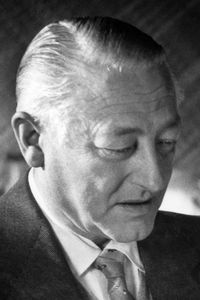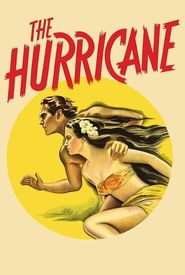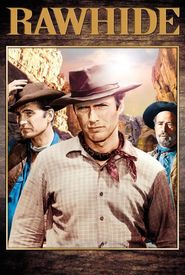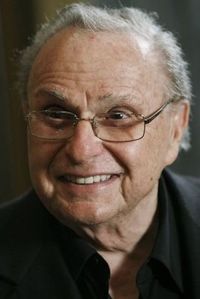Director Stuart Heisler began his illustrious film-industry career in 1913, commencing as a prop man and subsequently joining the esteemed Keystone Studios in 1914 under the guidance of the visionary Mack Sennett.
Heisler's professional journey continued to unfold as he transitioned to the role of editor, initially collaborating with the visionary Samuel Goldwyn at United Artists from 1924 to 1925, and later from 1929 to 1934. Additionally, he worked as an editor at Paramount from 1935 to 1936, refining his craft and honing his expertise.
Heisler's ascension to second-unit director commenced with the iconic John Ford-directed film, The Hurricane, in 1937. This pivotal moment marked the beginning of his directorial career at Paramount, where he remained until 1942, primarily producing "B"-grade films, although occasionally being entrusted with "A"-picture projects.
Throughout his tenure at Paramount, Heisler's output was largely routine, yet he did manage to create several exceptional films, his most renowned being the sleeper hit, The Biscuit Eater, in 1940. This small-scale yet impactful film, revolving around the poignant bond between a boy and his dog, unexpectedly achieved both critical and commercial success, garnering Heisler the most favorable reviews of his career.
Following his departure from Paramount, Heisler transitioned to freelance directing, collaborating with esteemed actresses such as Bette Davis in The Star (1952) and Ginger Rogers and Ronald Reagan in the powerful anti-Klan drama, Storm Warning (1950).
Heisler's final film, the somewhat underwhelming Hitler (1962),was released in 1962. Simultaneously, he began directing for television in 1960, eventually dedicating himself to this medium full-time after the release of Hitler (1962). Heisler retired from the film industry in 1964, capping off a remarkable career spanning over five decades.










































